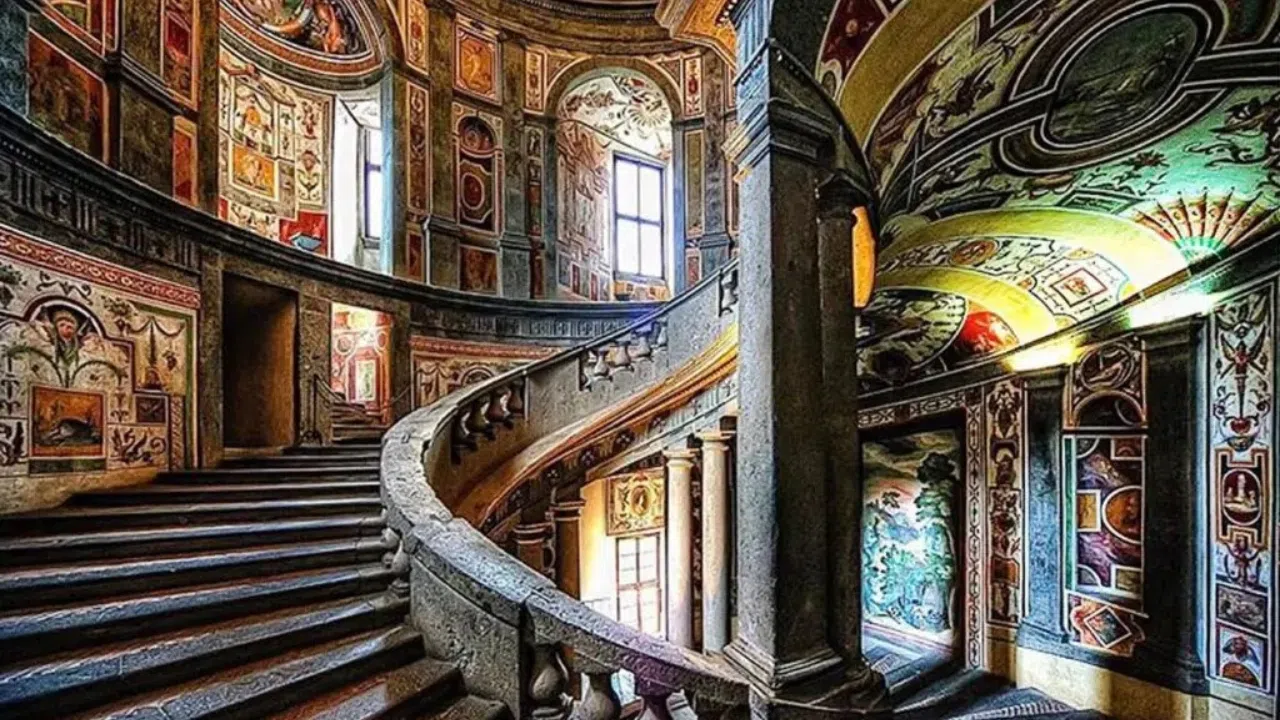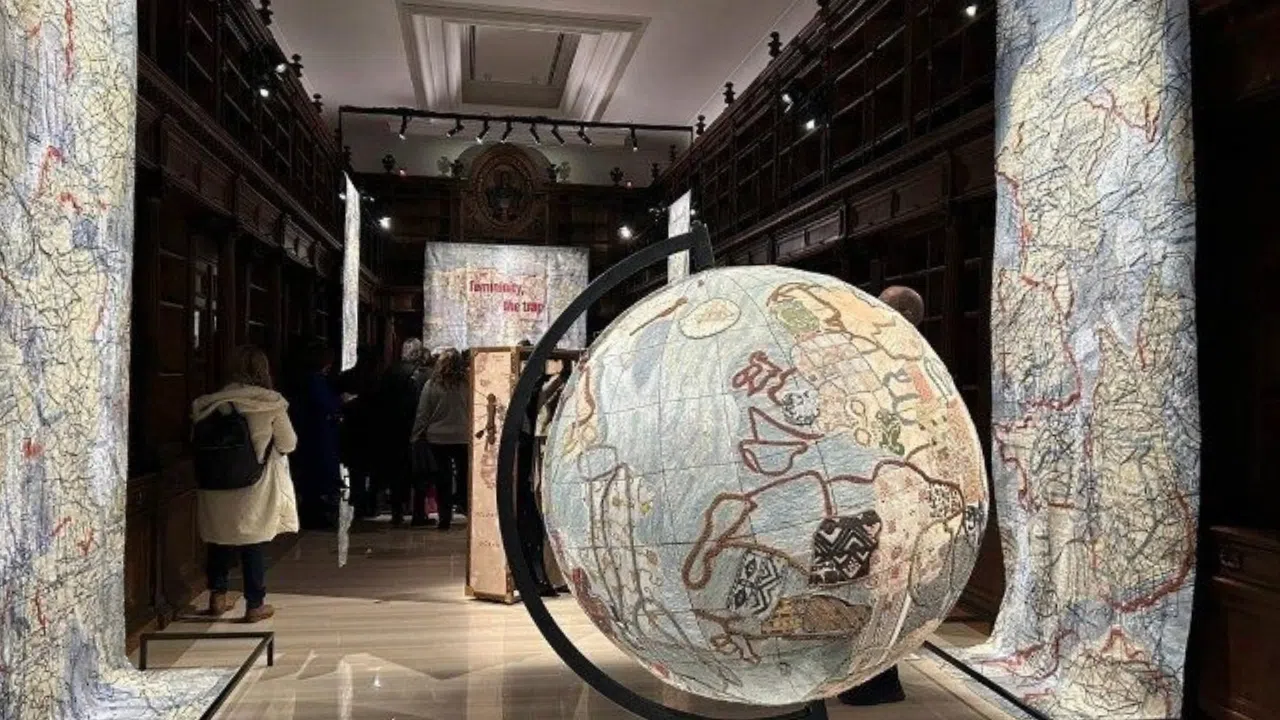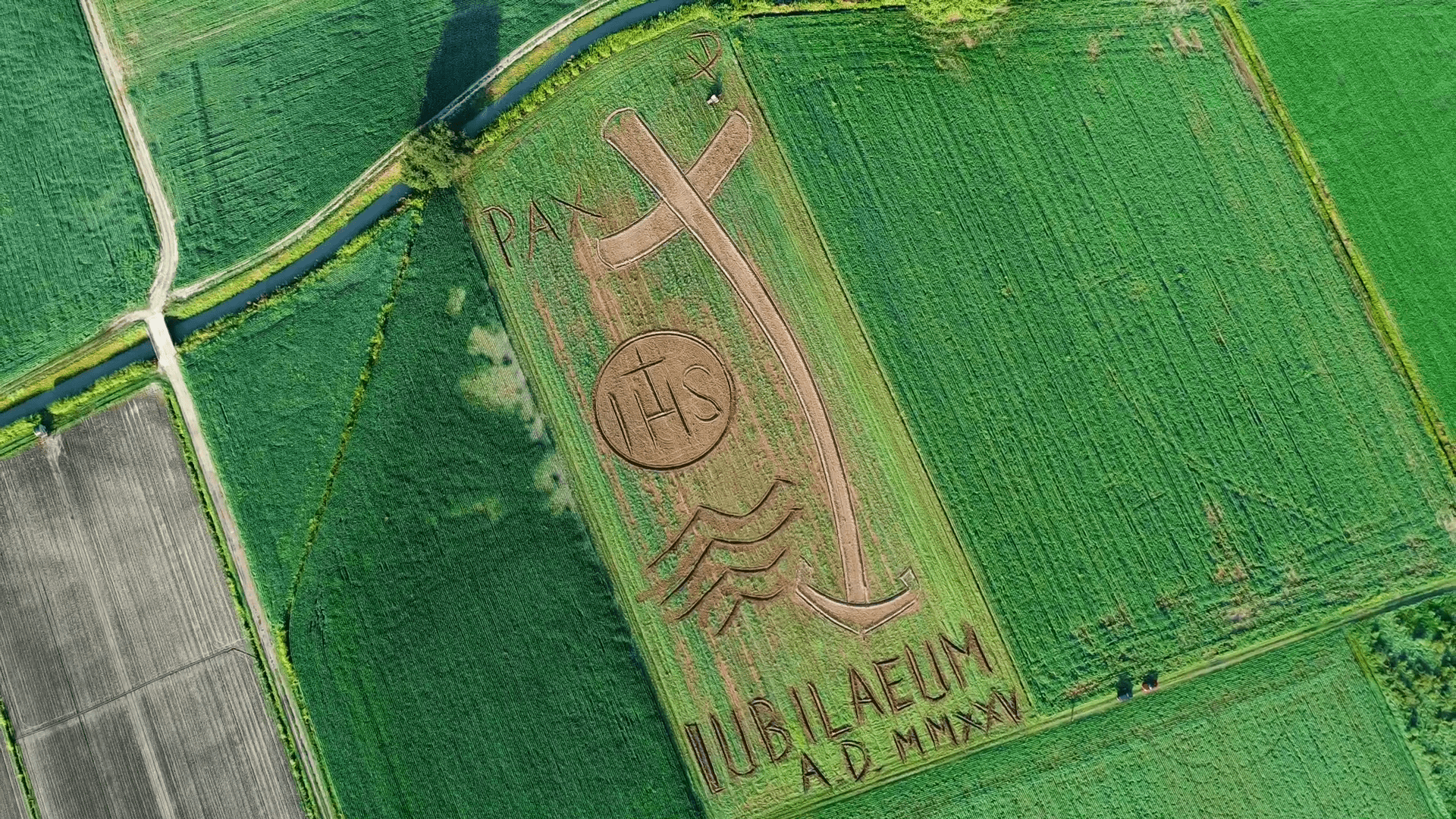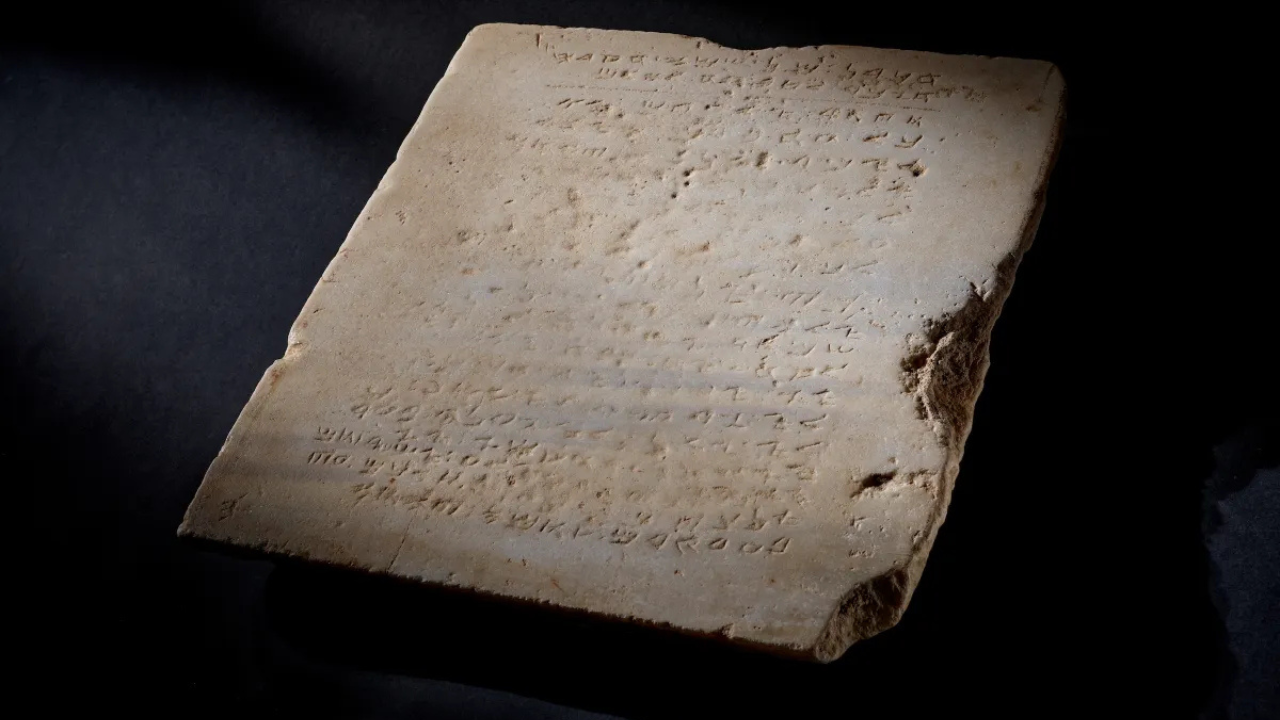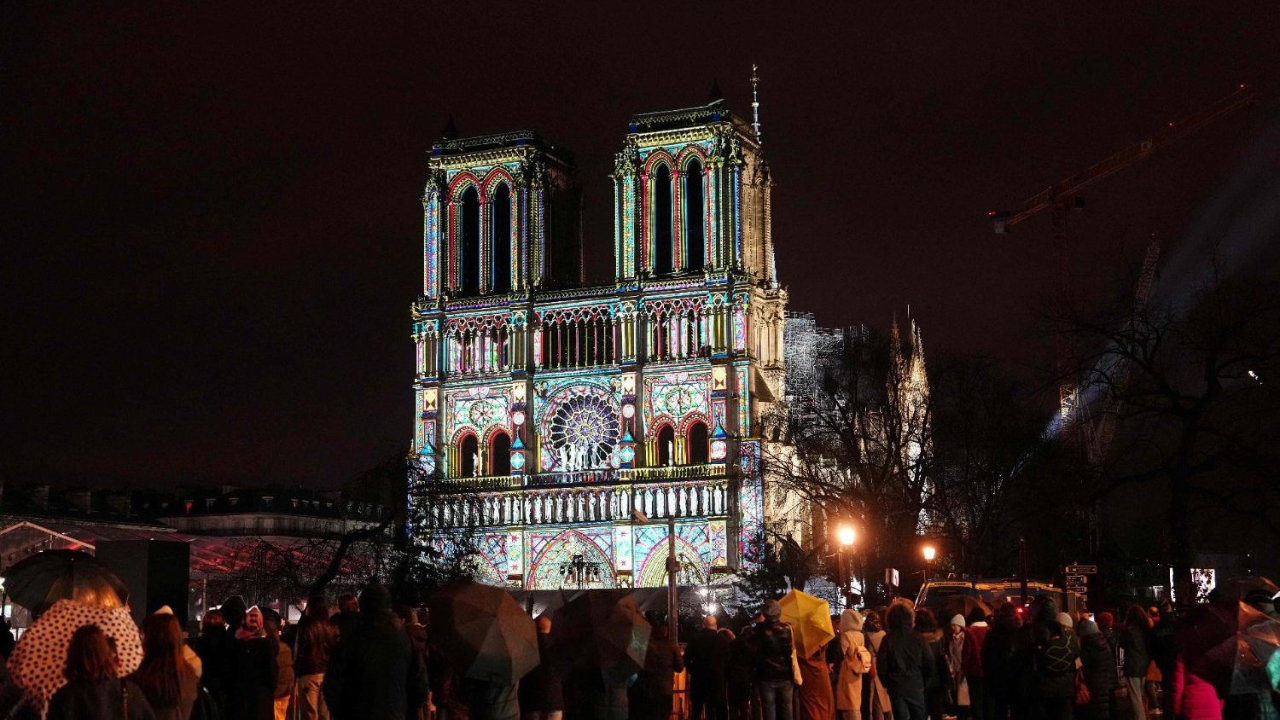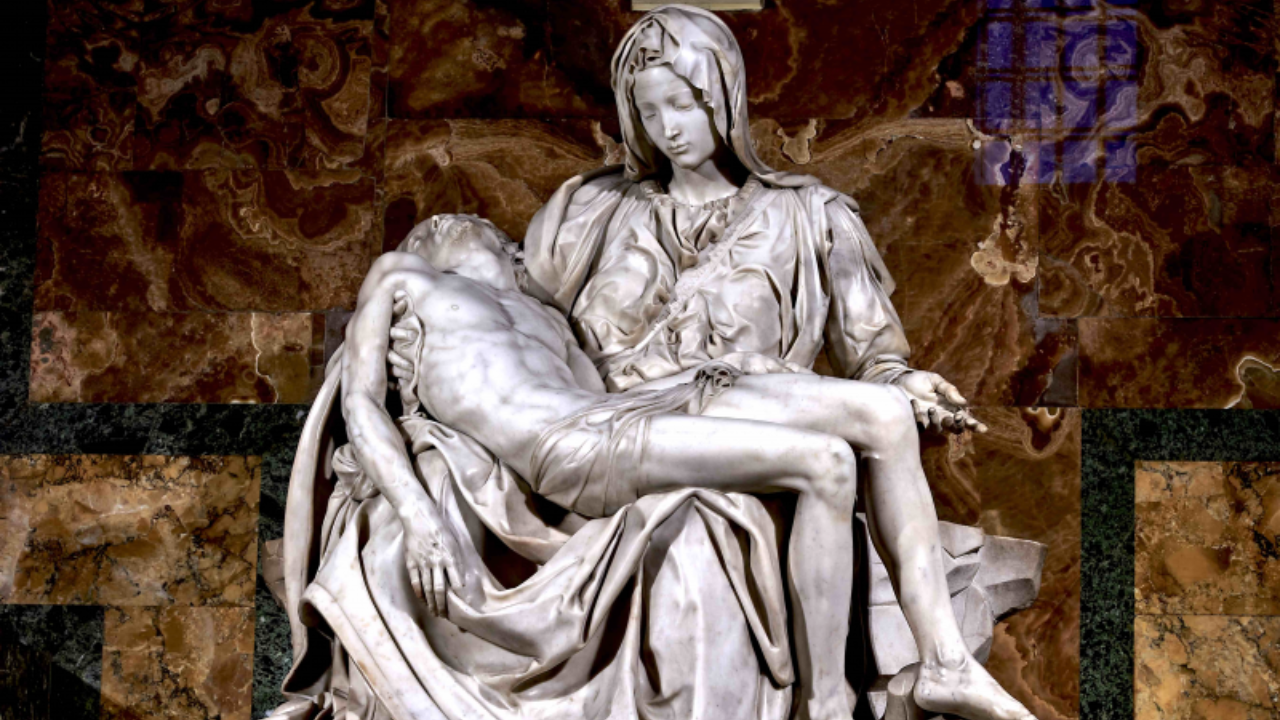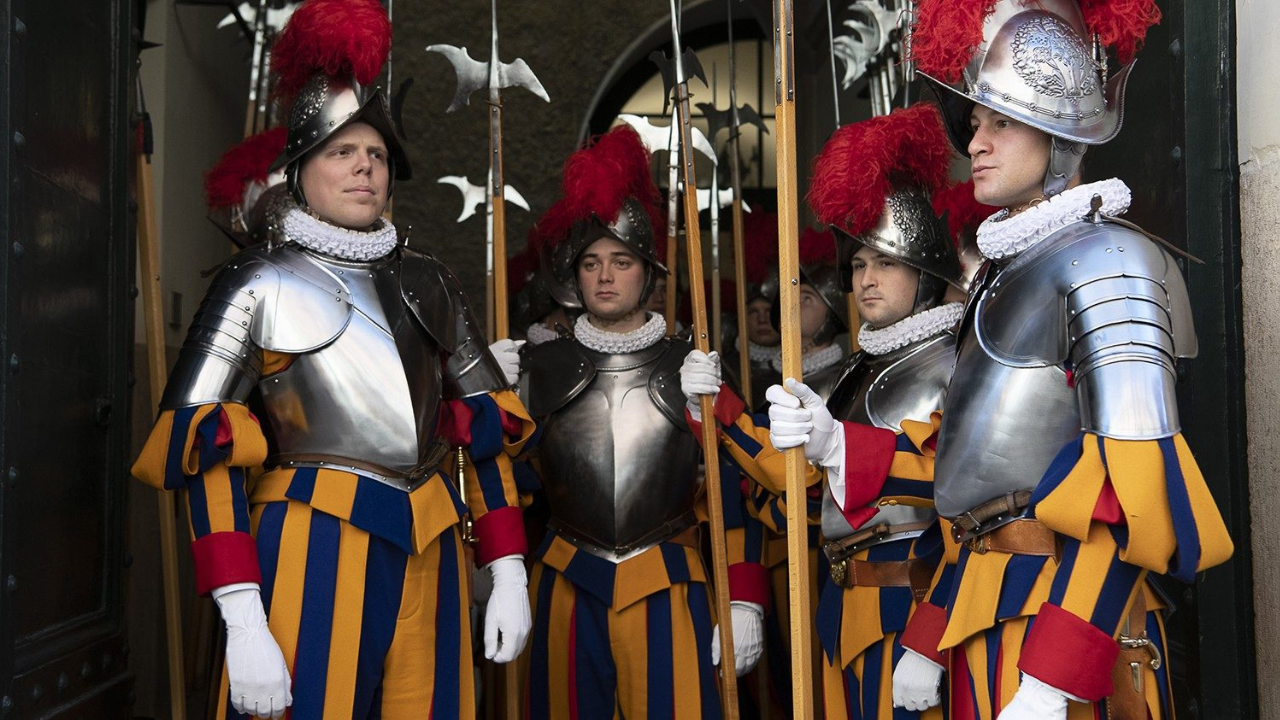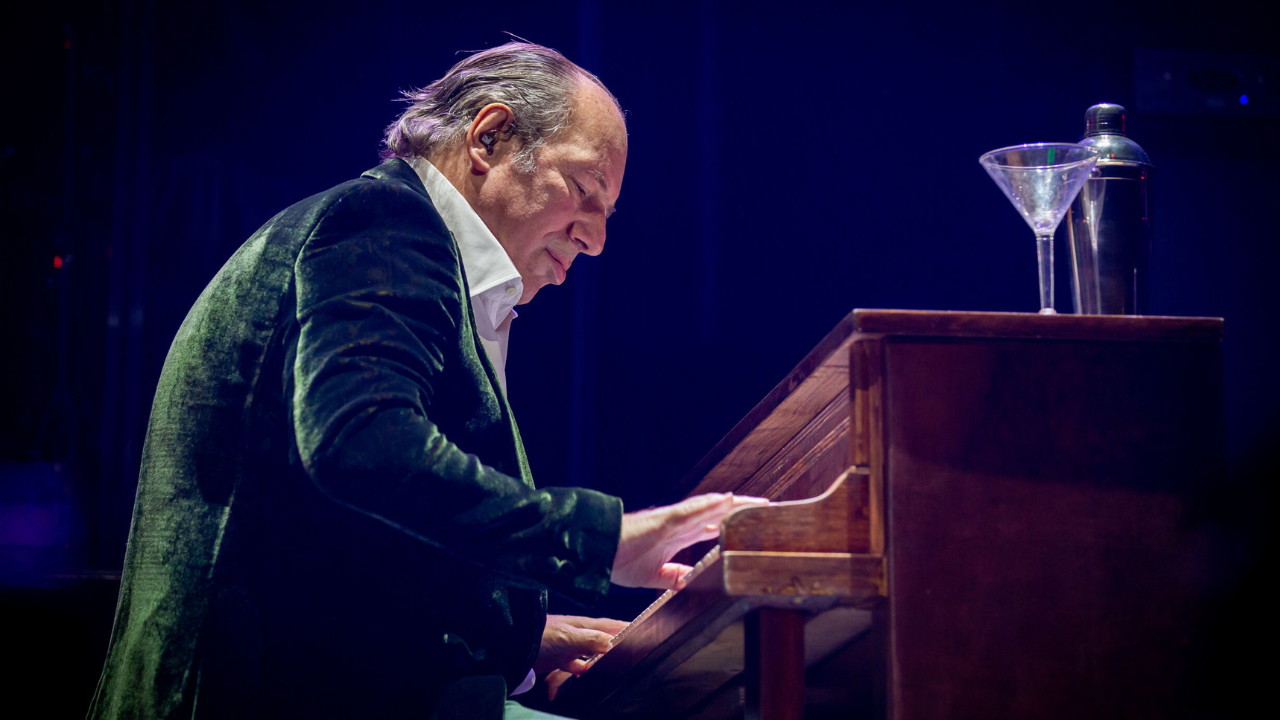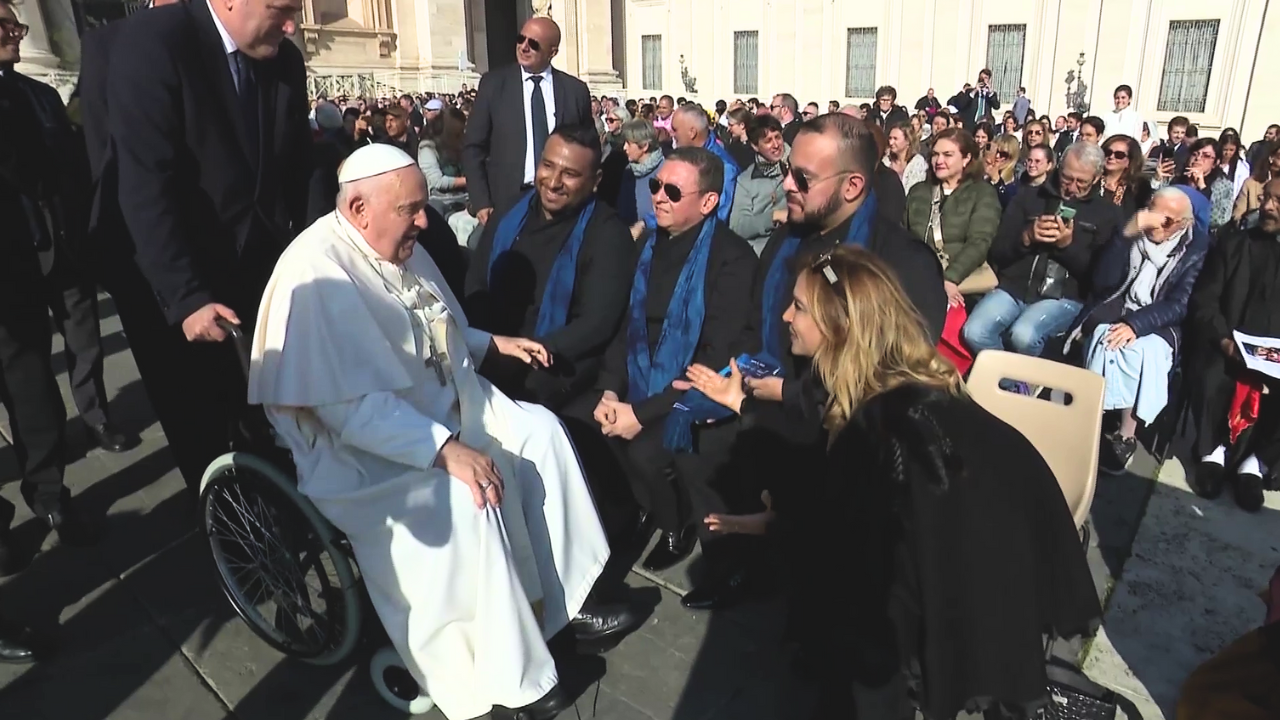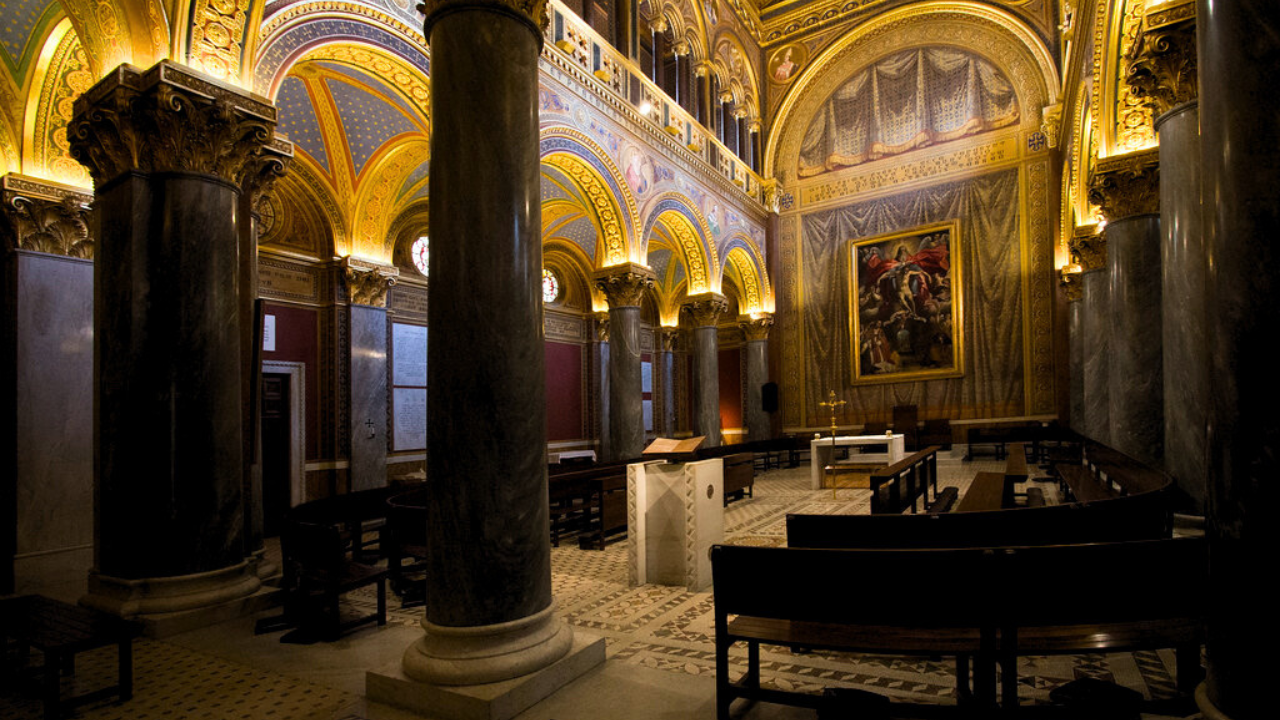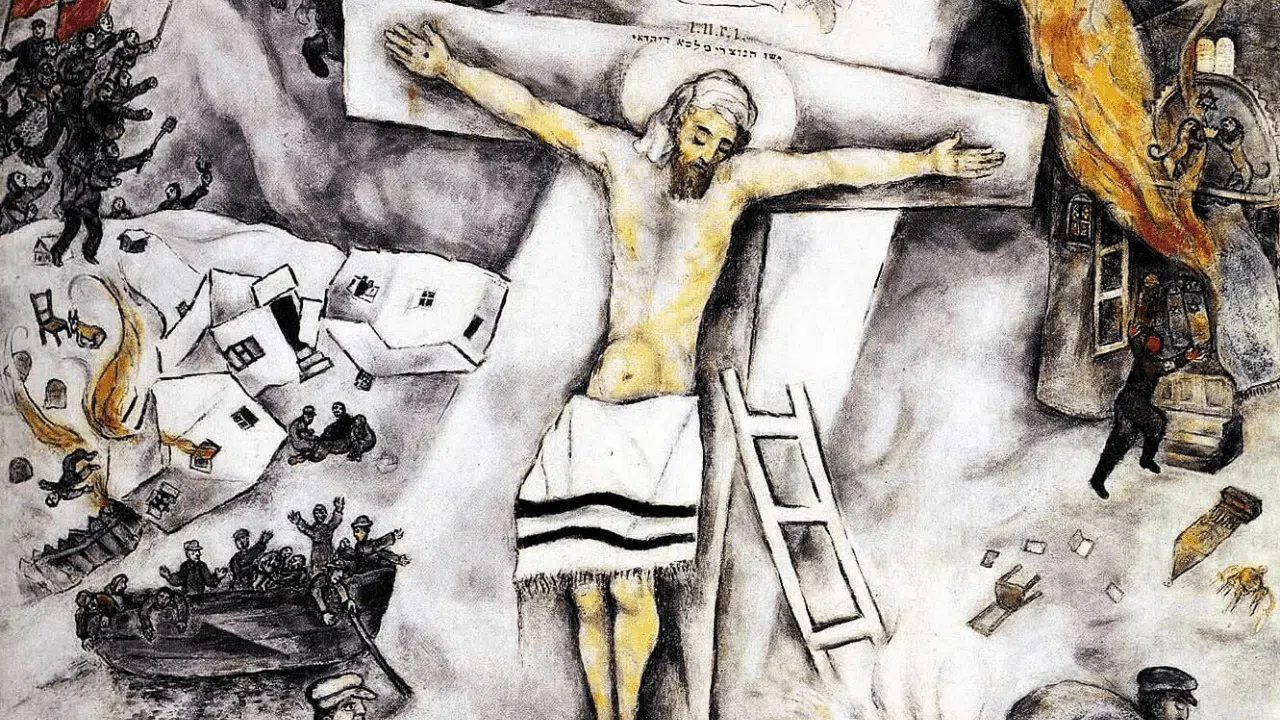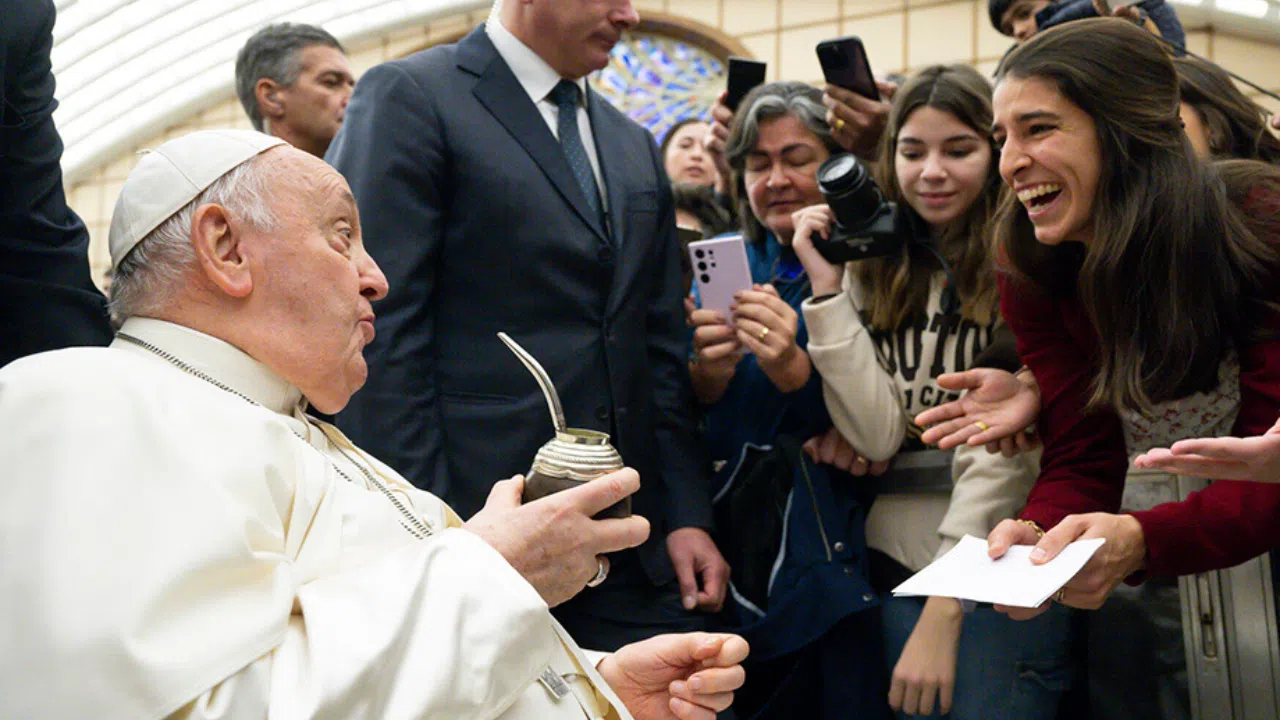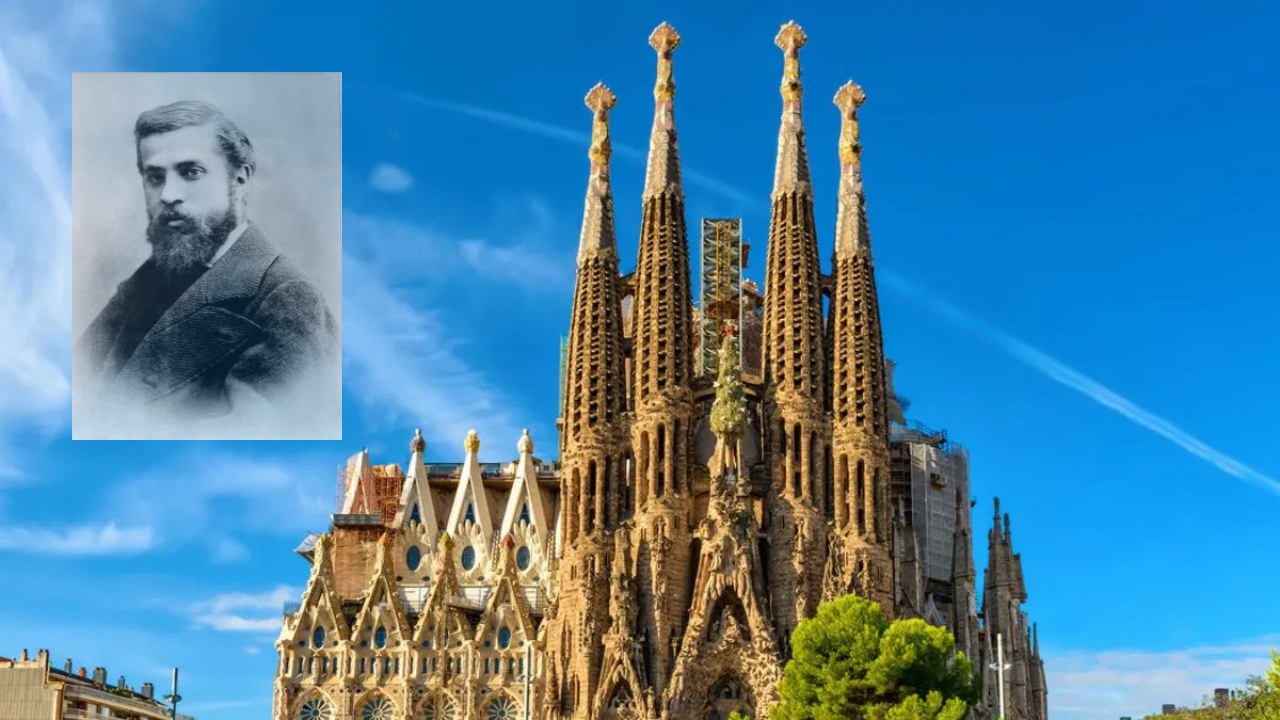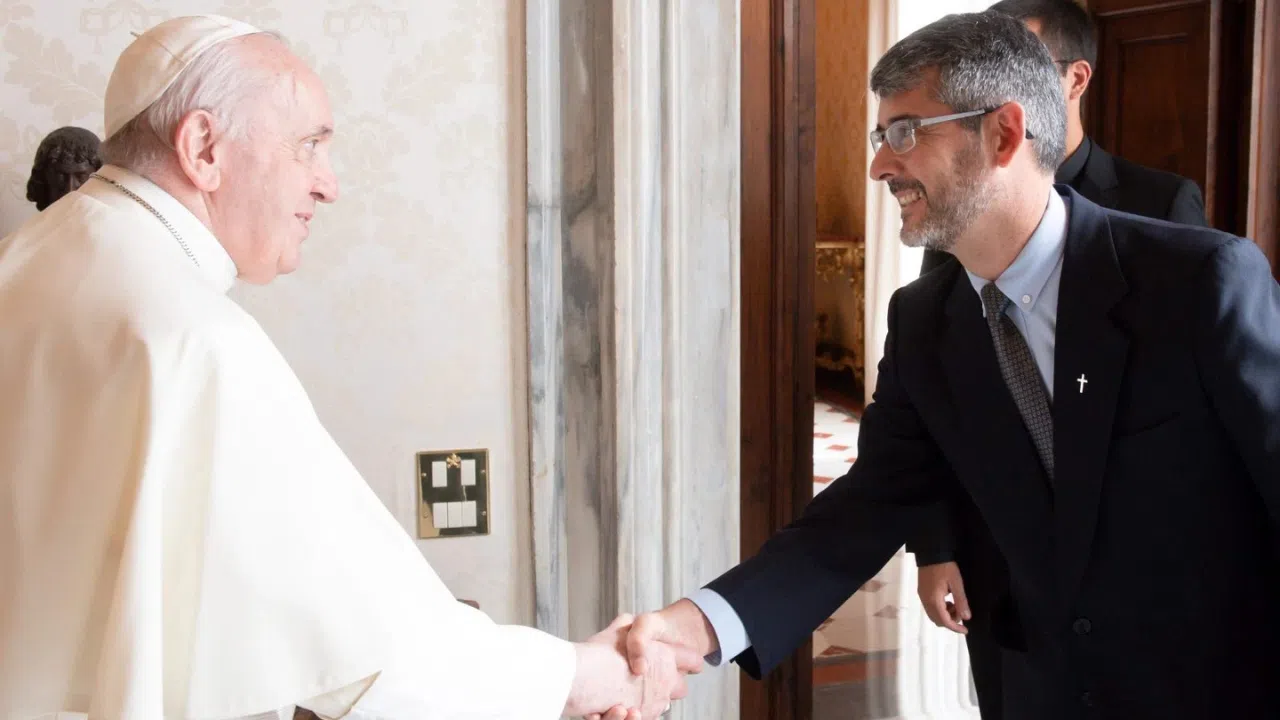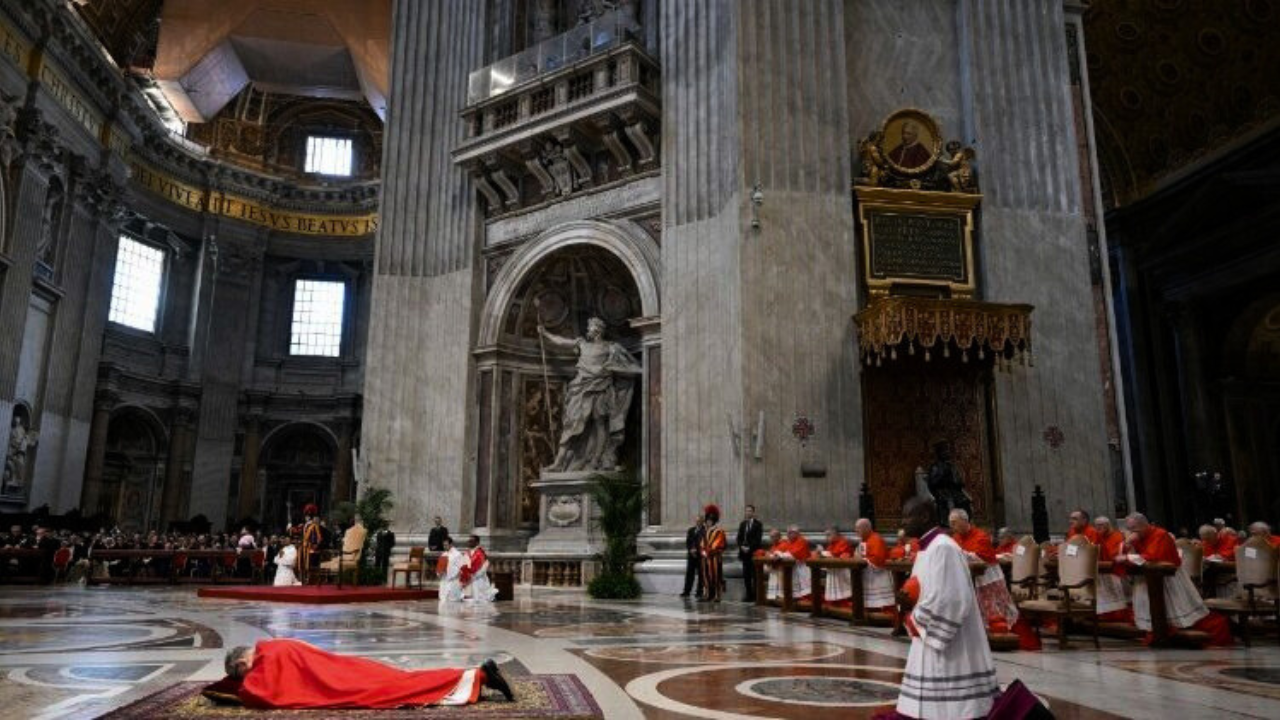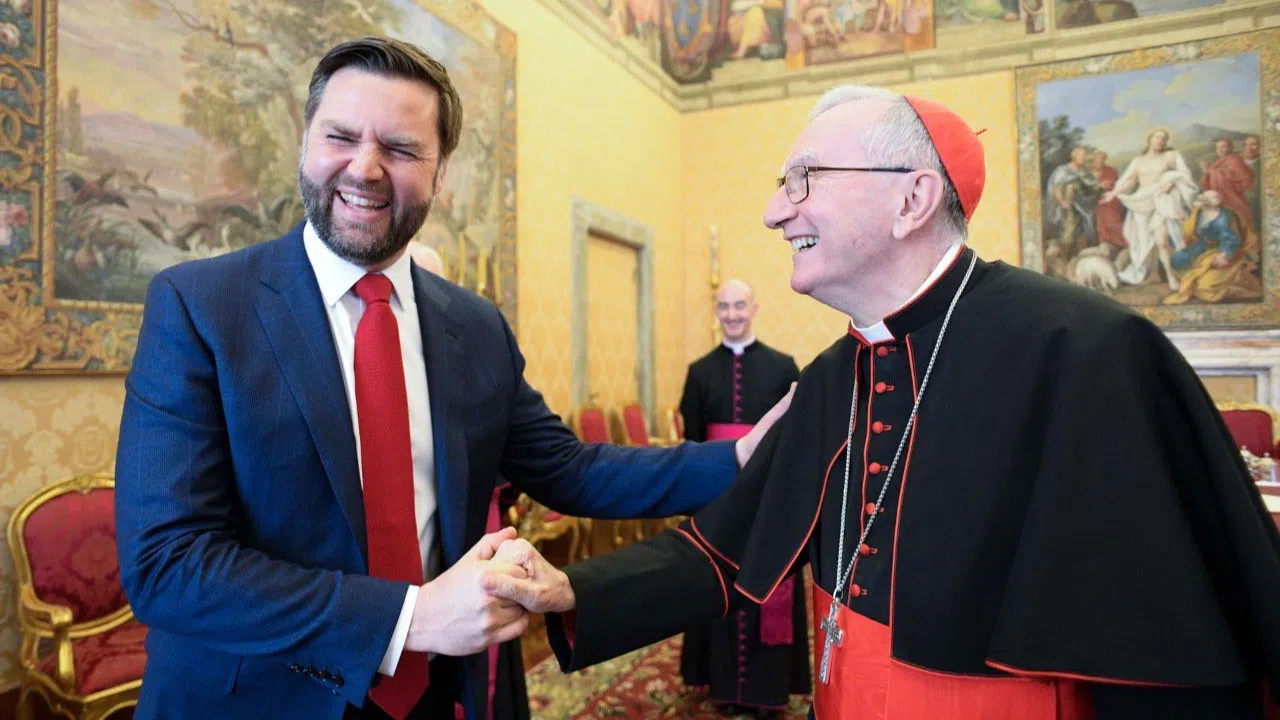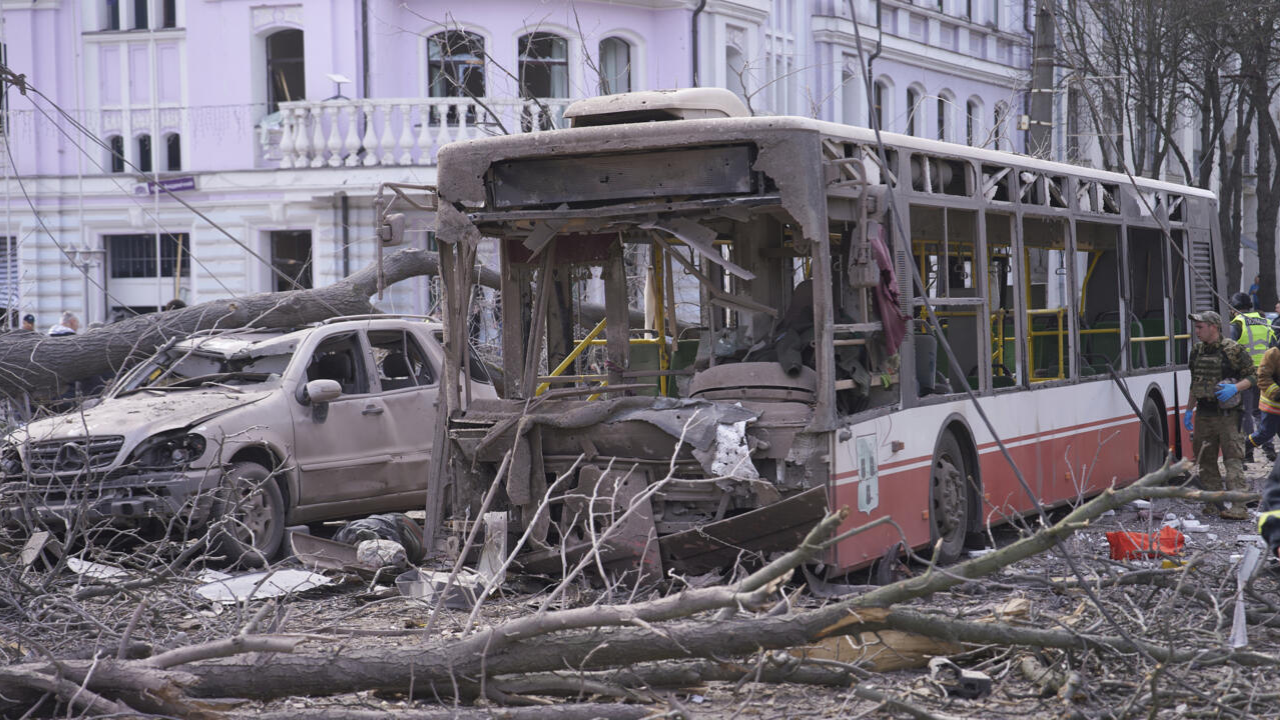Via Appia was one of the main arteries of the Roman Empire. It connected Rome to Brindisi, the most important port town for trade with the Middle East. Rome's wealthiest families built villas on both sides of the famed roadway.
One example is Santa Maria Nova. In the 2nd Century, it was part of the Villa dei Quintili, among the largest outside Rome. Renovation works targeted the additions built over time.
RITA PARIS
Archeological director
'We're able to learn about the story of this place's transformation, from the Roman Empire to today: and passing through the Late Antiquity, the Middle Ages, to the transfer to the Church, and the congregation of Olivetan monks, which lived here for about five centuries, leaving their mark behind.â?
Restorations works began in 2006, with the goal to make the Villa look identical to its original design in the year 123. That's why they reintroduced medicinal plants, trees and flowers from the design plan.
RITA PARIS
Archeological director
'The first thing was to consolidate the roof, in order to protect the main building. It corresponds to an important Roman monument, maybe a large cistern. And then, we excavated the area, prepared it, and put in services needed to open it to the public.â?
During the excavations, they unexpectedly uncovered a bathhouse used by the villa's guards. The underground, white marble structure is adorned with these elaborate mosaics. One represents the fight between two gladiators, Montanus and Antonius. The other illustrates a circus scene.
For the first time, these sights are open to the public. Visitors will be able to learn about how Roman life changed in the past 1800 years.
MAE/RCA
AA
FA
-PR
Up: MAE
